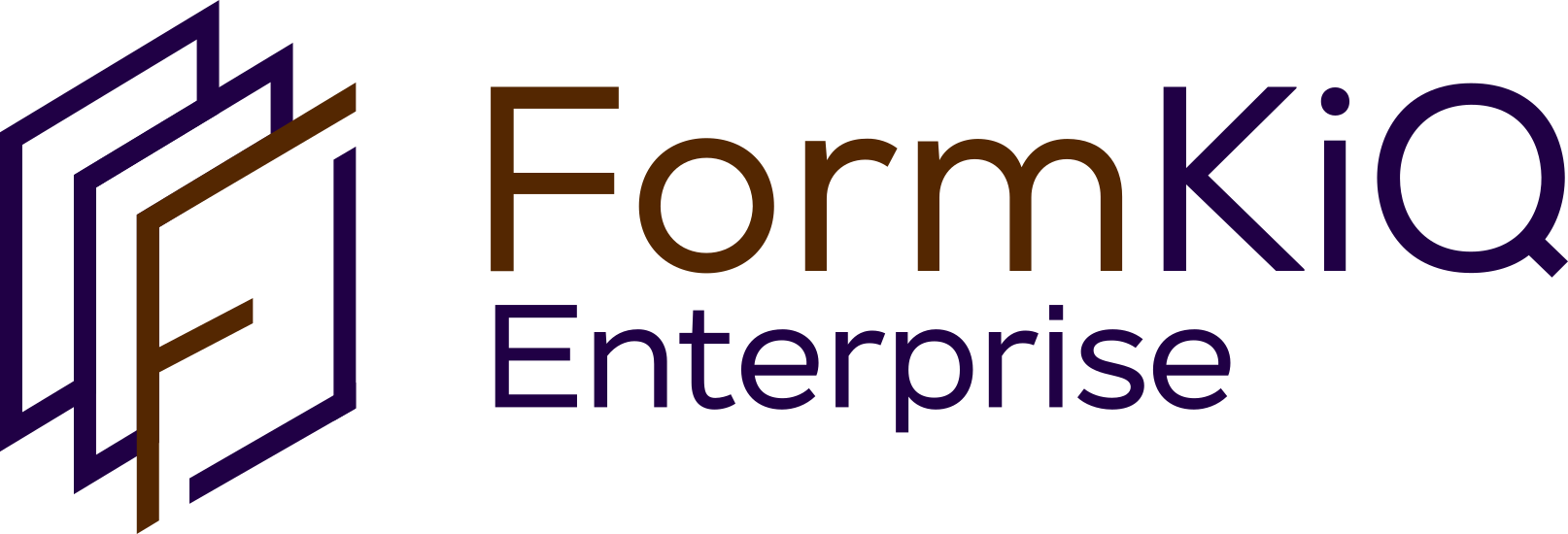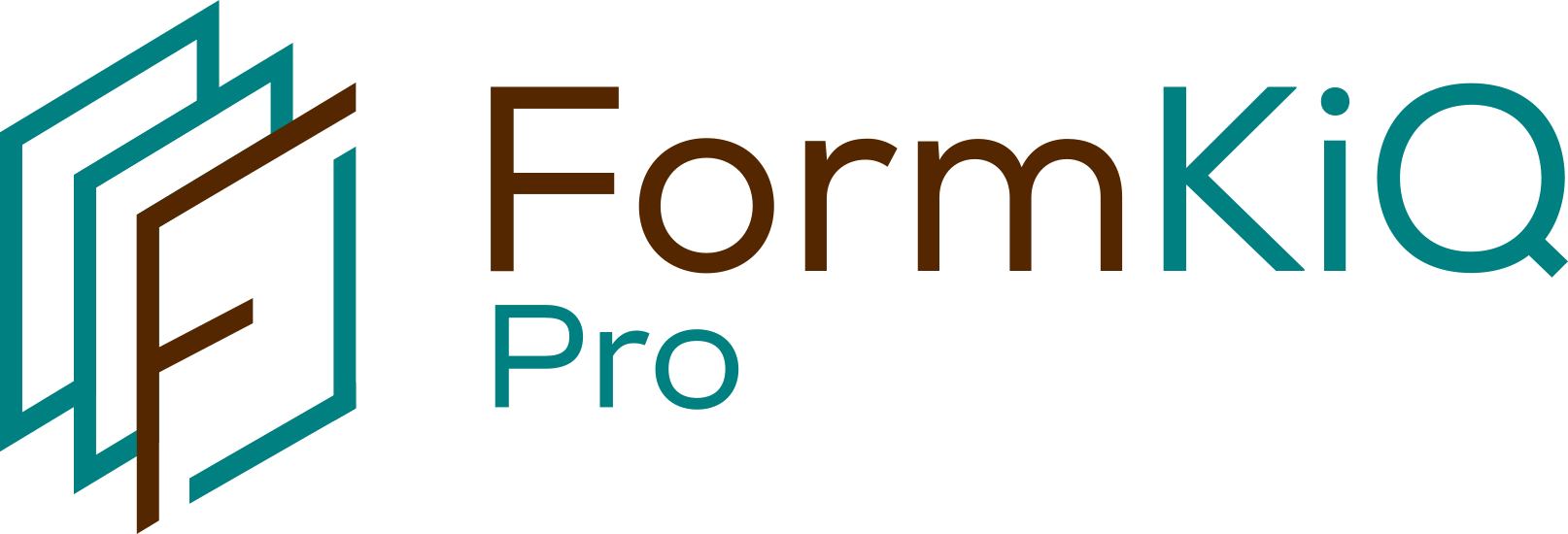Documents in FormKiQ can be classified and organized using the following features:
Add, Edit, and Remove Tags and Document Metadata using API, Console, or Client SDK
FormKiQ relies on flexible metadata, including document tags, to allow unlimited classification of documents. FormKiQ provides various methods for creating, updating, and deleting tags, including the Document API, a tagging interface within the Document Console, and functions within the FormKiQ JavaScript Client SDK.
Available with:


Data Classification That's Both Simple and Powerful
FormKiQ stores document tags and other metadata in Amazon DynamoDB, easily accessible to your applications and other AWS products.
The FormKiQ Document API provides simple RESTful methods for adding, updating, and removing tags, while the FormKiQ Document Console provides multiple interfaces for tag updates, ranging from an API Explorer to a tagging tool built for high throughput. As well, the JavaScript Client SDK enables the API to be added to a front-end web application with minimal setup.
Add Tags Based on Document Content, Using AI
FormKiQ integrates with OpenAI to create tags based on the content of a document, reducing the amount of time and resources required to classify documents. This functionality is also available in FormKiQ Enterprise using Cohere, enabling the entire process to run safely within your cloud account.
Available with:



Intelligent Data Classification powered by AI
First, documents can be run through an OCR process as needed, and then the "Document Tagging" action can be initiated for a document, with a list of tags to create from the document's content. These tag keys and values are then automatically added to the document.
For more advanced intelligent document processing, FormKiQ Enterprise offers the Enhanced Enhanced Intelligent Document Analysis using Natural Language Processing (NLP) Module as an Optional Add-On.
Create Parent and Child Document Structures to create Nested Documents
FormKiQ allows child documents to be nested within a parent document, providing the ability to nest documents. This is a common use-case, particularly with documents that contain sub-documents like file attachments.
Available with:



Keep child documents related to their parent
The parent document contains a "documents" property that can store one level of child documents. For more complex mapping, you can specify levels of documents and their relationships using document tags.
Multi-Team and Multi-Tenant Support
Using Amazon Cognito, FormKiQ provides separation between groups of users, whether internal or external.
Available with:



Site IDs to Isolate Your Documents
Being able to separate documents into separate teams or even organizations is an important use case, and FormKiQ allows this by default through its "Site ID" functionality.
Document Tag Schemas
Using AWS Lambda functions, FormKiQ provides customizable validation to safeguard document metadata and provide easier classification through consistent tag schemas.
Available with:


Build Validation into Your DMS
Using tag schemas, it's possible to use required tags, optional tags, and default tag values to better control the information being added to your Document Metadata.
NOTE: the Tag Schema module that is included in FormKiQ Pro and Enterprise also includes Composite Keys, which provides additional search functionality within Amazon DynamoDB.
































